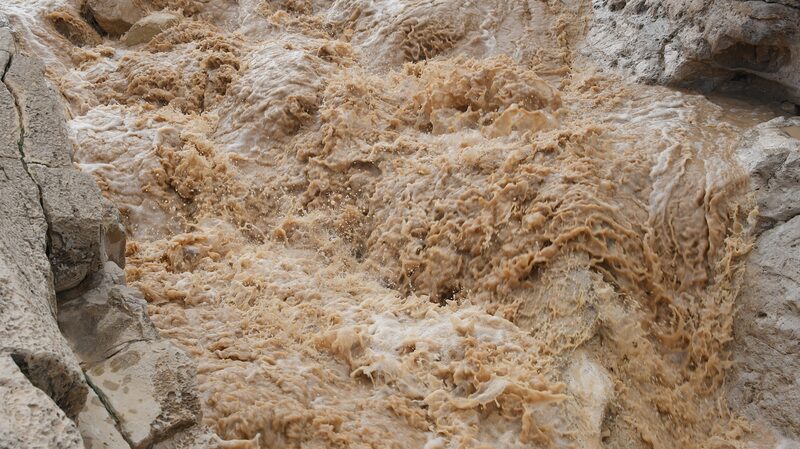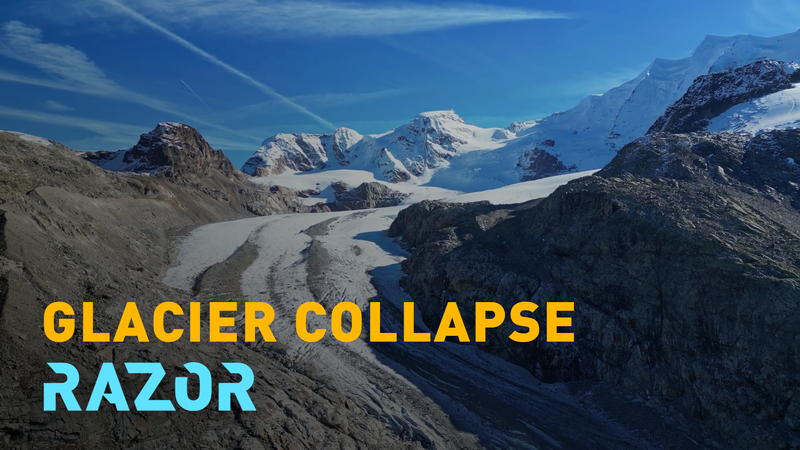In a groundbreaking advancement, researchers from the Chinese Academy of Sciences (CAS) have developed a novel hybrid deep-learning model aimed at enhancing streamflow forecasting for water catchment areas worldwide. Published in the journal The Innovation, this cutting-edge model promises significant improvements in flood prediction, a crucial aspect of hydrology.
Streamflow and flood forecasting have long been challenging due to the limitations of traditional physically based models, which often struggle with sparse parameters and complex calibration processes, especially in ungauged catchments. Highlighting the severity of the issue, CAS reports that over 95 percent of small- and medium-sized water catchments globally lack adequate monitoring data.
Addressing this gap, researchers from the Institute of Mountain Hazards and Environment at CAS utilized datasets from more than 2,000 catchments around the world. This extensive dataset allowed for comprehensive model training, enabling the new deep-learning model to perform streamflow forecasting on a global scale for both gauged and ungauged catchments. The diverse distribution of these catchments ensured a robust and versatile training process.
The results are promising. The newly developed model demonstrated higher forecasting accuracy compared to traditional hydrological models and other existing AI models. This enhanced precision in forecasting can lead to better preparedness and response to flood events, potentially saving lives and reducing economic losses.
The study underscores the potential of deep-learning methodologies to overcome the longstanding challenges in hydrologic data scarcity and the inherent limitations of physical model structures and parameterizations. As climate change continues to exacerbate weather-related disasters, such innovations are vital in building resilient communities and sustainable environments.
Reference(s):
Researchers develop deep-learning model for streamflow forecasting
cgtn.com




